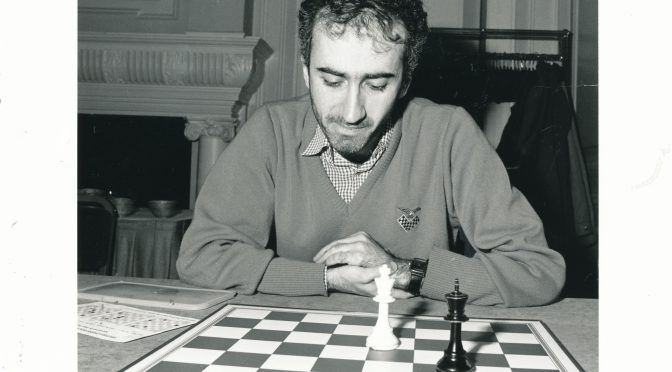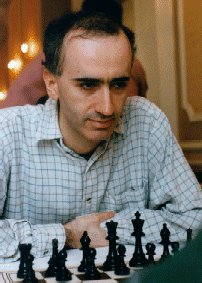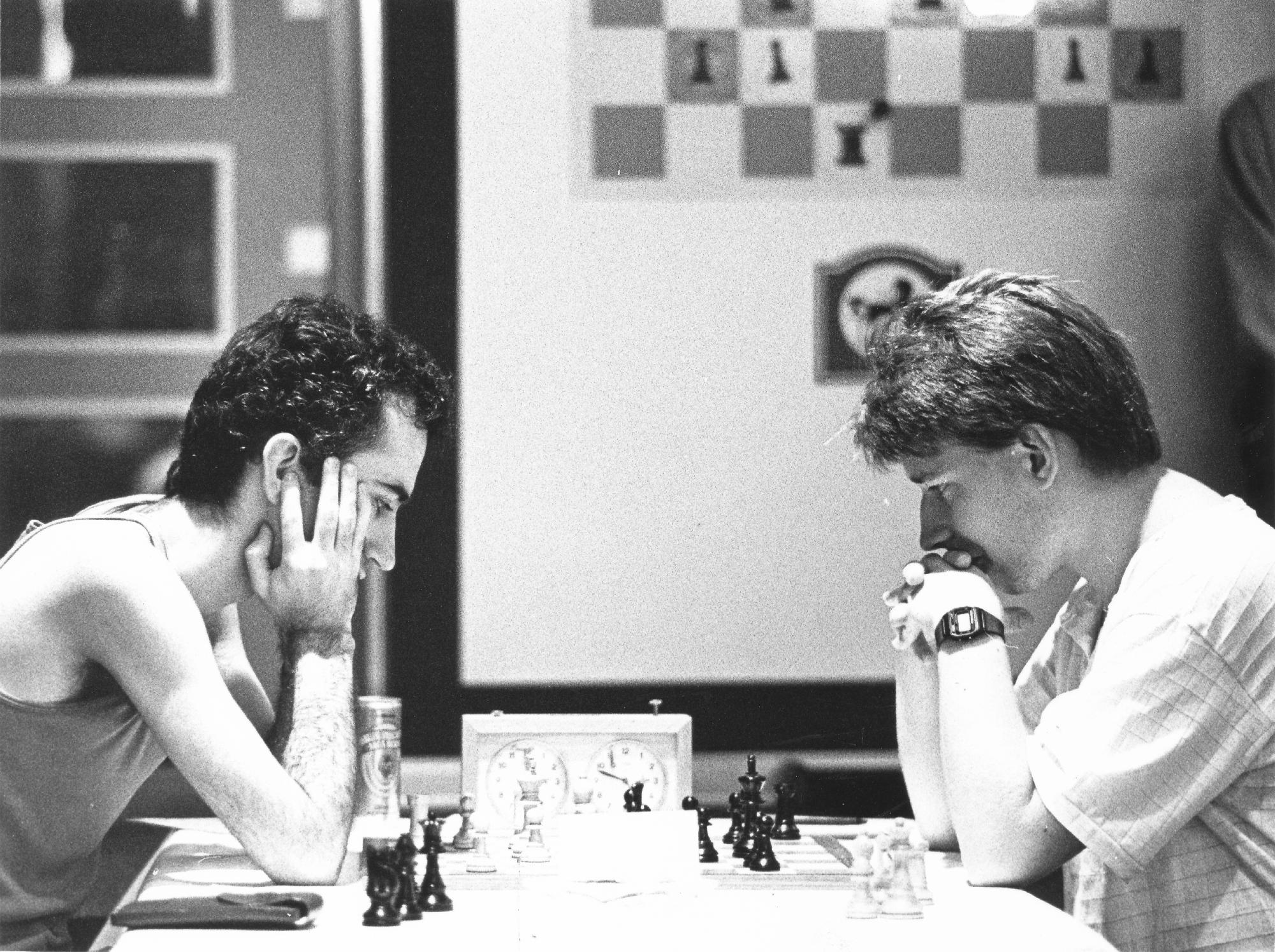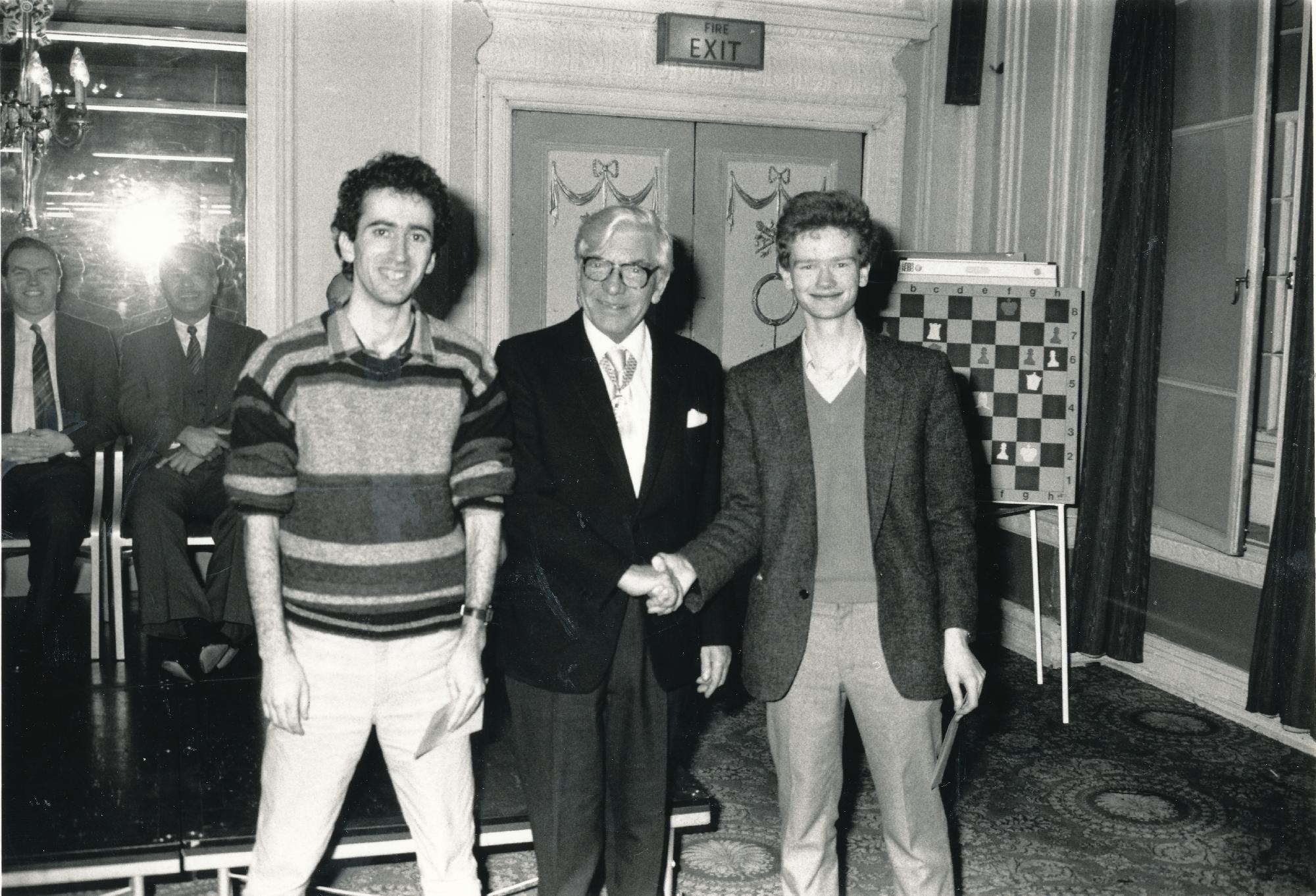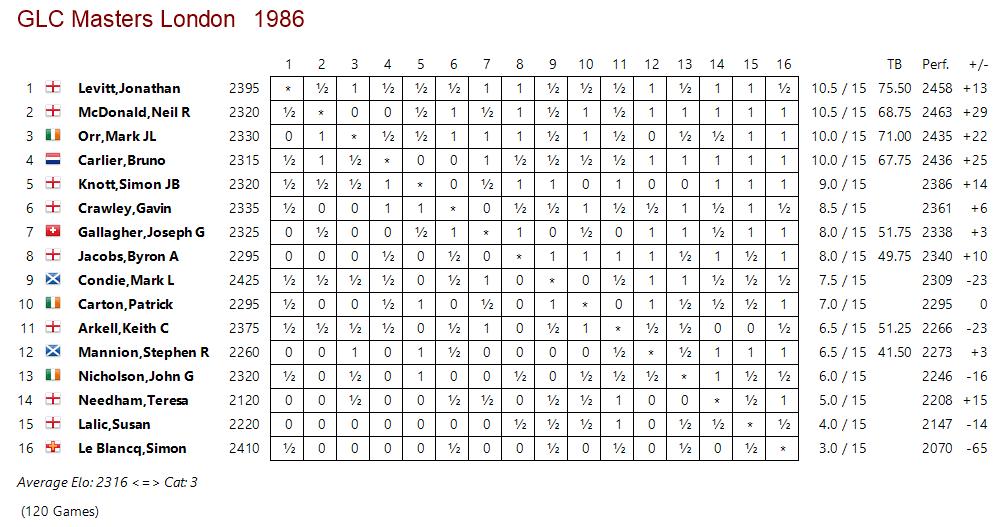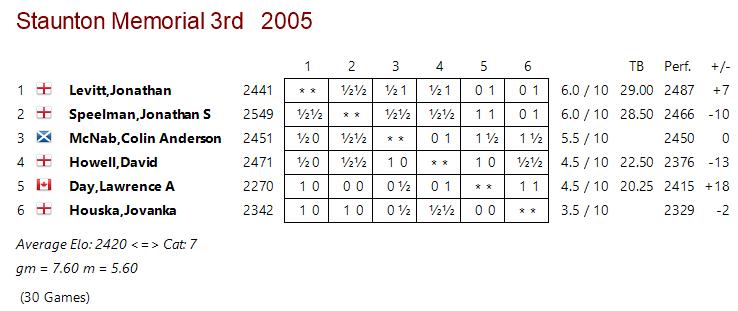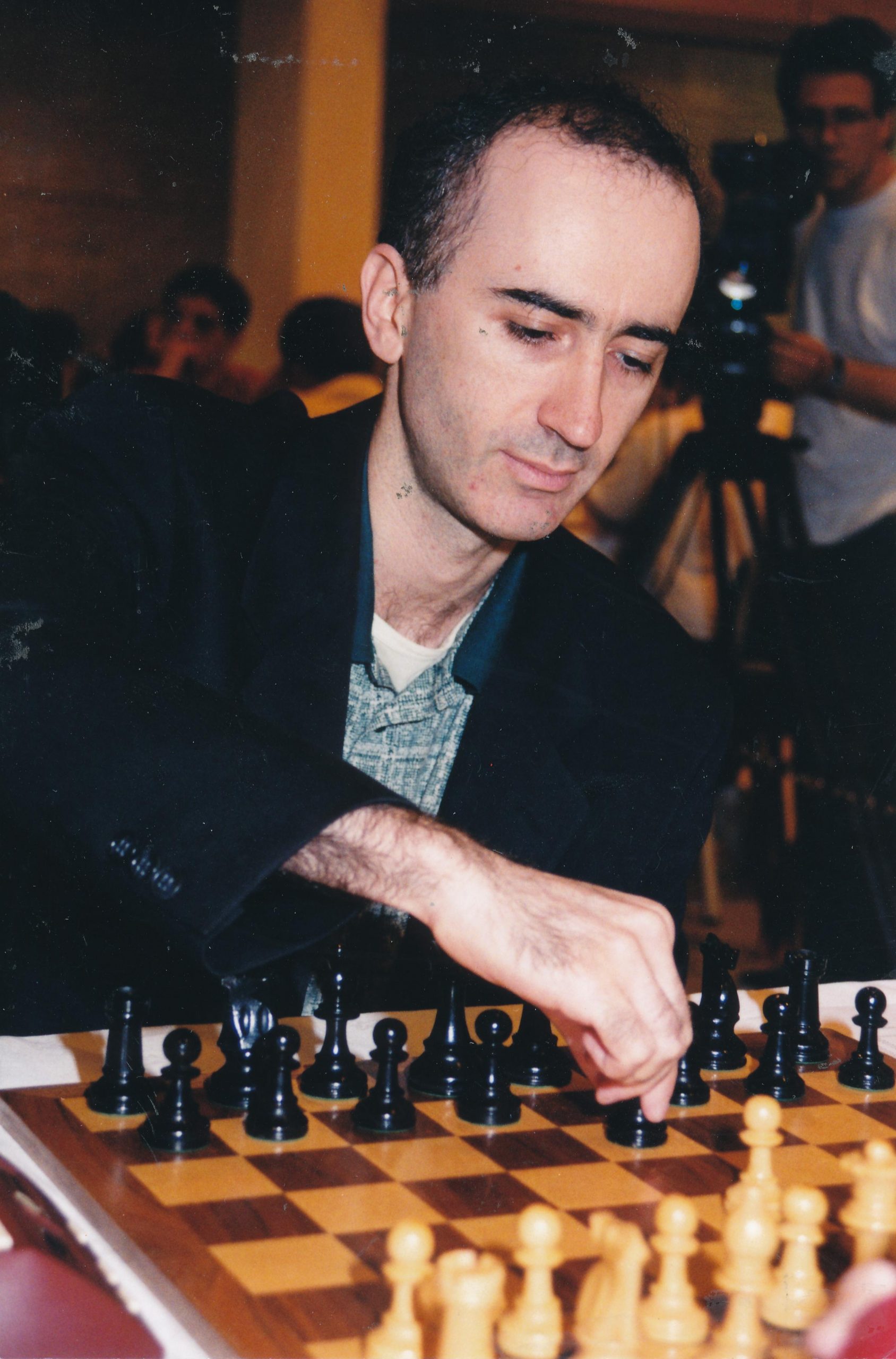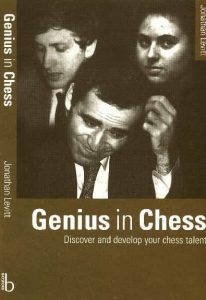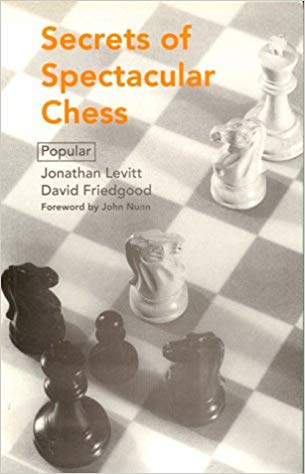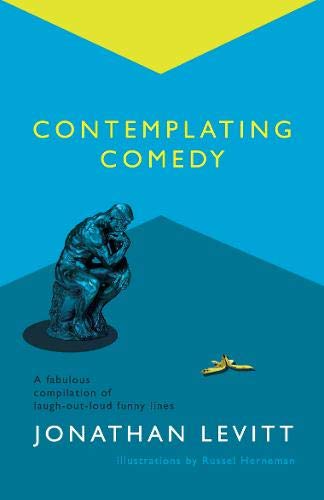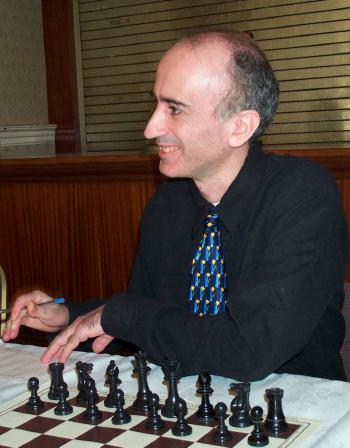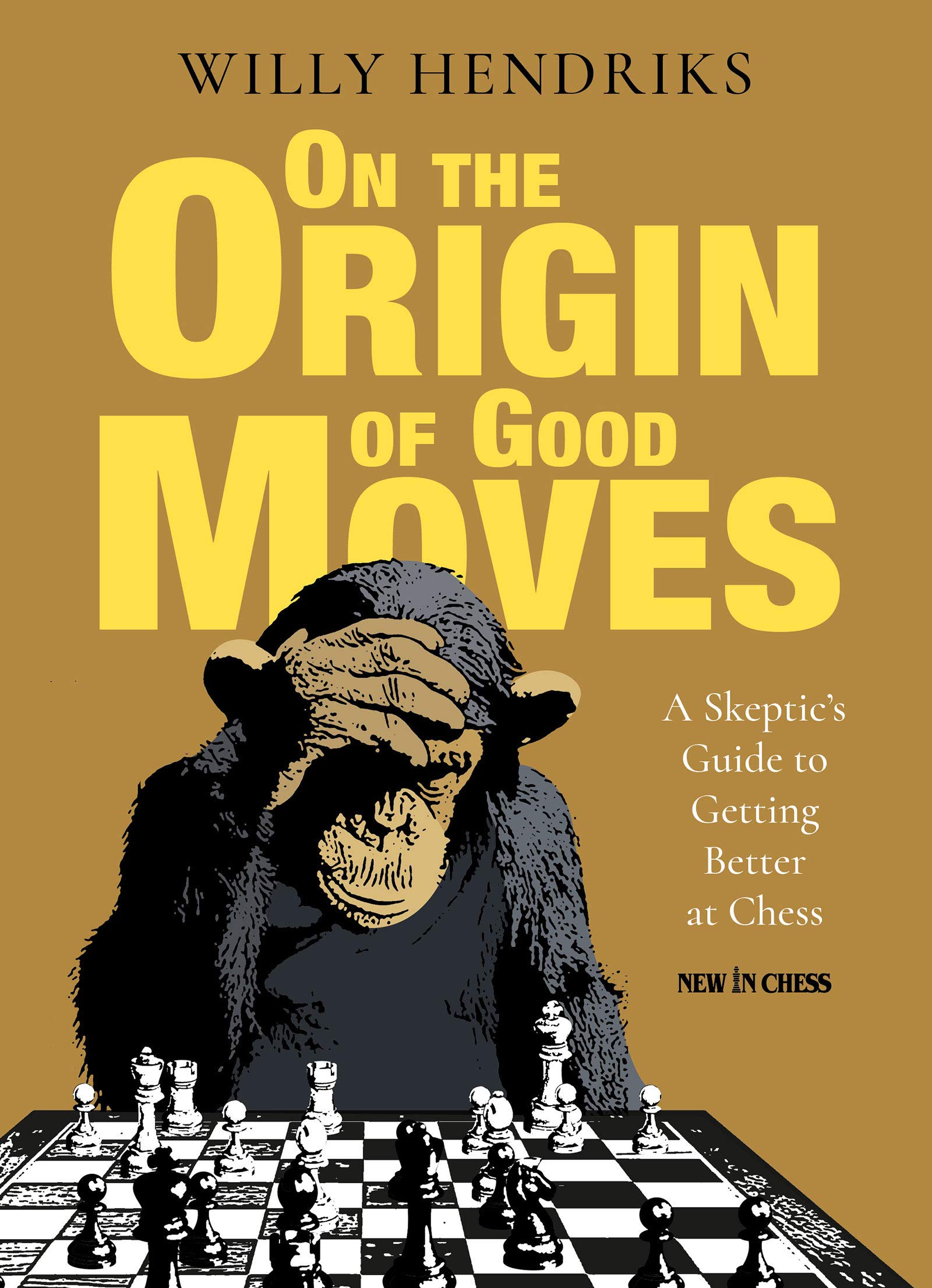
On the Origin of Good Moves: A Skeptic’s Guide at Getting Better at Chess : Willy Hendriks
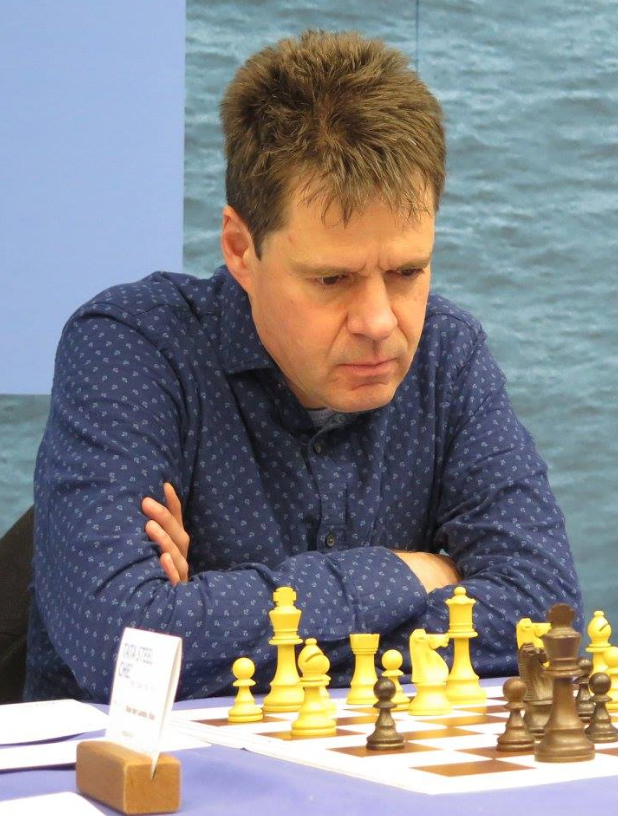
“Willy Hendriks (1966) is an International Master who has been working as a chess trainer for over 25 years. His acclaimed bestseller ‘Move First, Think Later’ won the English Chess Federation Book of the Year Award.”
From the rear cover :
“The way a beginner develops into a strong chess player closely resembles the progress of the game of chess itself. This popular idea is the reason why many renowned chess instructors such as former World Champions Garry Kasparov and Max Euwe, emphasize the importance of studying the history of chess.
Willy Hendriks agrees that there is much to be learned from the pioneers of our game. He challenges, however, the conventional view on what the stages in the advancement of chess actually have been. Among the various articles of faith that Hendriks questions is Wilhelm Steinitz’s reputation as the discoverer of the laws of positional chess.
In The Origin of Good Moves Hendriks undertakes a groundbreaking investigative journey into the history of chess. He explains what actually happened, creates fresh perspectives, finds new heroes, and reveals the real driving force behind improvement in chess: evolution.
This thought-provoking book is full of beautiful and instructive ‘new’ material from the old days. With plenty of exercises, the reader is invited to put themselves in the shoes of the old masters. Never before has the study of the history of chess been so entertaining and rewarding.”
What we have here is a hugely ambitious work covering the development of chess ideas over a period of almost 300 years, from roughly 1600 to 1900, from Greco to Tarrasch. Willy Hendriks considers the evolution of both tactical and positional concepts, as well as covering, to a lesser extent, opening theory.
A number of authors over the years, from Réti onwards, have attempted something similar but Hendriks takes the genre to a new level. His view is that previous authors, using a small sample of Famous Games, have presented a crude and misleading view of ‘the history of improvement in chess’. Chess, he believes, has evolved in very much the same way as species evolve.
Hendriks’ previous book, Move First, Think Later, (MFTL) proved controversial. It attracted the attention of the ECF Book of the Year panel, but there were others who considered it highly dangerous. A confrontational title and controversial, extremist views on how chess should be taught. My own views, are, as they are on most subjects, somewhere in the middle, but I still found it an entertaining read. You’ll find a typically well considered review by John Watson here.
Just as in MFTL, each of the 36 chapters is preceded by some exercises which readers might like to attempt before reading on.
Here’s one from Chapter 1:
Finding the answer won’t be difficult for any experienced player, but it was Greco who was the first to play, or at any rate publish, a Bxh7+ sacrifice. Ideas like this, and there are many, positional as well as tactical, throughout the book, gradually become better and better known until they become part of every serious player’s armoury, which is how standards improve. We’re all standing on the shoulders of giants, but it takes genius to be the first.
When we think of Greco we probably think of brilliant miniatures against opponents who either misplayed the opening or made tactical oversights, but Hendriks maintains there’s a lot more to him than that. “If you play over all the games by Greco you cannot but be amazed by the enormous strength of this player and by the importance and variety of his ideas.” In the first chapter we look at some of his tactical ideas, but in Chapter 2, where he is billed as the Nimzowitsch of the 17th century, we discover that Greco was also aware of some relatively sophisticated positional ideas.
The next few chapters continue Hendriks’ revisionist view of chess history. Philidor in Chapters 3 and 4, La Bourdonnais and McDonnell in Chapter 5, Staunton and Saint Amant in Chapter 6. Generally speaking, the book is free from mistakes, but here the magazine Le Palamède is sometimes awarded the wrong definite article. On p85 it’s both right and wrong within four lines.
In Chapter 7 we visit London in 1851 and look at some of the chess played in the first international tournament of modern times. The next two chapters then spin off to take a couple of detours.
Chapter 8 features a positional idea: the pawn formation labelled by Hans Kmoch (whose book Pawn Power in Chess Hendriks seems to admire, although it would have been helpful if the publishers had used the English title) the Wyvill Formation – doubled c-pawns such as White might acquire in the Nimzo-Indian. The English player Elijah Williams, a man ahead of his time, demonstrated how to fight against this in his games against the eponymous Marmaduke Wyvill and Howard Staunton.
In this rather modern looking position Williams played Ba3 against Staunton (Hendriks points out that Na4 and Qf2 were also strong), winning the c5 pawn and, eventually, the game.
We then look at some much more recent examples of games featuring this formation.
Chapter 9 returns to London and riffs off in a tactical direction.
This is a position from another Elijah Williams game. Here, he was Black against Johann Löwenthal. White, to move, decided Black might be threatening Bxh3, so played Bf4 to prevent the sacrifice, later losing after a blunder. Staunton, writing in the tournament book, considered it a mistaken precaution. Hendriks demonstrates that the sacrifice would have been sound, and spends the rest of the chapter looking at precursors and more recent examples of the same tactical idea.
Chapter 10 is a brief visit to India in the company of John Cochrane, where opening theory developed very differently – an interesting topic in its own right.
We then move on to Paul Morphy, the hero of the next few chapters. Chapter 13, Anderssen versus Morphy, will raise a few eyebrows. We all know what to think, don’t we? Both men were tactical geniuses but Morphy was also a positional genius, while Anderssen, a representative of the romantic school of chess, was just a high class hacker. Hendriks, acknowledging Mihail Marin, who first made the point some years ago, explains that the opposite was closer to the truth. We all know Anderssen’s brilliant Immortal and Evergreen Games, but they were casual encounters where he could afford to take risks. In tournament games he sometimes experimented with more modern openings and ideas while Morphy stuck resolutely to 1. e4 e5. The difference between them was not that Morphy was a better positional player but that he was more accurate and efficient.
As we continue through the 19th century we meet Steinitz and reach what, in some ways, is the heart of the book. Because Morphy gave up serious chess before Steinitz achieved prominence, it’s easy to forget that the latter was a year older.
Very many writers over the years, from Lasker onwards, have portrayed Steinitz as the father of modern positional chess. Hendriks begs to differ. Steinitz never wrote down his principles: it was Lasker who did this, attaching Steinitz’s name to them. Hendriks demonstrates that most of his ideas were generally known before his time. His only genuinely new idea was to do with using the king as a strong piece in the opening, and that didn’t stand the test of time. Chapter 25 deals with this.
The first exercise at the start of the chapter poses an intriguing question. “Your opponent in the coming World Championship match is prepared to play this position as Black at least four times against you. Do you accept?”
Well, you certainly should as, after Nb6, White is clearly much better, even though Steinitz stubbornly insisted that Black was fine.
Here is the infamous Steinitz Gambit after White’s 5th move. Steinitz played it a lot but, although White does quite well with it over the board, it really is as bad as it looks.
As we approach the end of the 19th century, it’s time for Hendriks to start drawing conclusions. Comparisons are often made between today’s players and those from the past. If Magnus Carlsen were to travel back in time, how would he fare against Lasker, Morphy or Philidor? Here’s Hendriks, in Chapter 28: “If I might venture a wild guess regarding the average strength of say the top five or top ten players throughout the (19th) century I would say it gradually went from about 2000 around the thirties to 2400 near the end of the century.”
This sounds about right to me, but even near the end of the century, top players were making horrendous blunders which would shame a 1400 player, let alone a 2400 player.
A famous example: Chigorin-Steinitz from the 23rd game of their 1892 World Championship match.
Rxb7, for example, wins for White, but Chigorin’s choice of Bb4 proved rather unsuccessful.
Chapters 31 and 32, in which Hendriks links his discoveries to his teaching methods outlined in MFTL, might prove controversial to some. In Chapter 31 he explains why he believes that creating plans is overrated, and in Chapter 32 he tells you that, contrary to the recommendations of other teachers, you should spend a lot of time studying openings. Of course you might not agree, but it’s often worthwhile listening to those who have well thought out views which differ from yours.
Finally, we reach Chapter 36. Here’s how Hendriks concludes:
“The human history of chess, with all its theoretical struggles and its remarkable personalities, is a fascinating one. However, the general theories that supposedly unify and systematize all those pieces are in my opinion more the result than the cause of the progress made, and as a guide to finding the best moves they are of only limited use.
“As in nature, variety and complexity in chess aren’t the result of some sort of plan from above. It works the other way around, on all levels, even the individual one. As soon as you start looking at a position, all those basic bits of knowledge you gathered before start working. They come up with plans and moves to be played. You can almost sit by and wonder. And watch the good moves replicate.”
I’ve said before that we’re fortunate to be living in a golden age for chess literature, and On the Origin of Good Moves goes right in somewhere very near the top of my favourite chess books of all time. I found it well researched, endlessly fascinating, always thought provoking, often digressive, sometimes provocative and sometimes extremely funny. (Humour in chess books seems to be something of a Dutch speciality: think of Donner and Tim Krabbé.) It’s well produced, and enlivened by copious illustrations, some of only tangential relevance (soldiers in the Franco-Prussian War, a police telephone box, Charles Darwin). If you have any interest at all in the development of chess ideas this will be an essential purchase. If you want to improve your rating you’ll find a lot of inspiring suggestions, although you might not agree with all of them, a lot of great chess, much of which will probably be unfamiliar to you, and a lot of beautiful moves. You’ll find quite a lot of rather bad chess as well, but it all adds to the fun.
Five stars and a top recommendation from me. I do hope you enjoy it as much as I did. It’s certainly a book I’ll return to over and over again.
You can read some sample pages here.
Richard James, Twickenham 3rd June 2020

Book Details :
- Paperback : 432 pages
- Publisher: New in Chess (10 April 2020)
- Language: English
- ISBN-10: 9056918796
- ISBN-13: 978-9056918798
- Product Dimensions: 17 x 23.1 cm
Official web site of New in Chess


